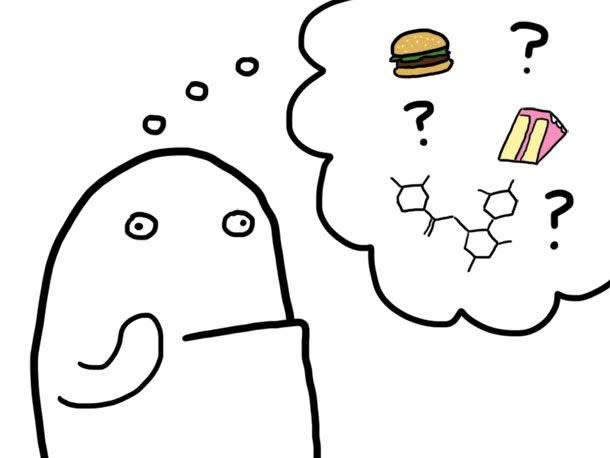Why Should I Pound My Chicken Breasts?
Four reasons why pounding chicken breasts flat makes them tastier and easier to cook.

This story was originally published as part of the column "Ask The Food Lab."
"Why does pounding chicken breasts make them so delicious?"
Last night I made some chicken roll-up: pounded breasts thin, rolled 'em up with some sundried tomato & basil spreadable cheese, coated in panko, and pan-fried (so tasty). I've done this before with awesome results and notice that some of the best restaurant dishes with pork/chicken tend to also use pounded chops/filets. Are there any science-y reasons why meat that has been pounded thin would be more delicious?
—Sent by Graciecat
Dear Graciecat, I apologize for editing down your question so that I can answer the part that you answered yourself already. You know what I'm talking about. I'll make it up to you some day!
Ok, the title may be a bit cheeky, but it's a very serious question. Why do you pound chicken breasts?
There are two occasions when you'd want to pound a chicken breast. First is when cooking them as breaded cutlets or naked paillards, and second is when rolling them around a filling before baking or pan-roasting them. Pounding accomplishes four major goals.
Goal #1: Even Thickness = Even Cooking
Ever notice how a chicken breast is much fatter on one side than the other? Sure you have. What this means is that no matter how you cook'em, there's a good chance that the thinner, tapered end is going to end up cooking through before the fatter, bulkier end does. As chicken cooks, its muscle fibers begin to contract, squeezing out moisture. Cook them much beyond 150 to 160°F or so, and they'll take on that dry, chalky texture we're all too familiar with. By pounding the chicken breast flat, you're able to cook the whole thing to the correct final temperature at the same time, leaving you with a juicier breast.
Goal #2: Thin Breasts = Faster Cooking
Simple enough, right? The thinner a piece of meat, the faster heat energy can travel into it from the pan or the air in the oven. Faster cooking means less time in the kitchen, more time to spend procrastinating on the internet. Butterflying a breast and pounding it out to about 1/4-inch in thickness can decrease your cooking time from 8 to 10 minutes all the way down to about 2 minutes.
Goal #3: Thin Breasts = Moister Meat
Huh? How's that work? Wouldn't a thinner breast be more likely to lose its internal moisture faster? Well yes, that's true. If you cooked a pounded breast for the same length of time that you cook a naturally shaped breast, it'd be far dryer in the end. However, that's not what we do now, is it?
Because a pounded chicken breast is so thin, there is not much space to build up a temperature differential gradient within the meat, meaning that the temperature at the center is pretty close to the temperature on the outer layers. To demonstrate this, think of a whole, unpounded chicken breast being seared in a skillet. When you first put it in the hot pan, the entire thing is at about fridge temperature, say, 40°F. As it cooks, the very center will rise in temperature slowly, while the exterior and the layers closest to the exterior will increase in temperature far more rapidly. By the time the middle is at the requisite 150 to 160°F, the outer layers may be closer to around 200°F, leading to some amount of desiccated meat.**
With a thin paillard or cutlet, on the other hand, the breast spends so little time cooking that there is only a very very thin layer of overcooked meat on the very exterior. Most of the interior meat is cooked relatively evenly through and through. If you've ever been served a dry paillard at a restaurant, rest easy knowing that the chef had to put a lot of work into drying that sucker out. It's not an easy feat to accomplish.
Of course, thinner, more evenly shaped breasts are also easier to wrap around a filling, if that's your end goal.
** Low and slow cooking methods can help mitigate this effect.
Goal #4: Pounding = Tenderizing
Why do those paillard and cutlets always taste so much more tender than a full chicken breast? Well, even cooking has something to do with it, but pounding also tenderizes meat through the brute force of mechanical action. Muscle fibers are long, thin sheaths of protein that run parallel to each other and are stuck together sort of like a bunch of telephone lines wrapped together in one large bundle. Pounding the meat can break this bundle apart, or at the very least, weaken its hold, allowing those muscle fibers to separate.
Essentially, pounding meat is like pre-chewing it for you so that your mouth has less work to do when the chicken finally gets there.
How's that for an appetizing thought?
February 2013